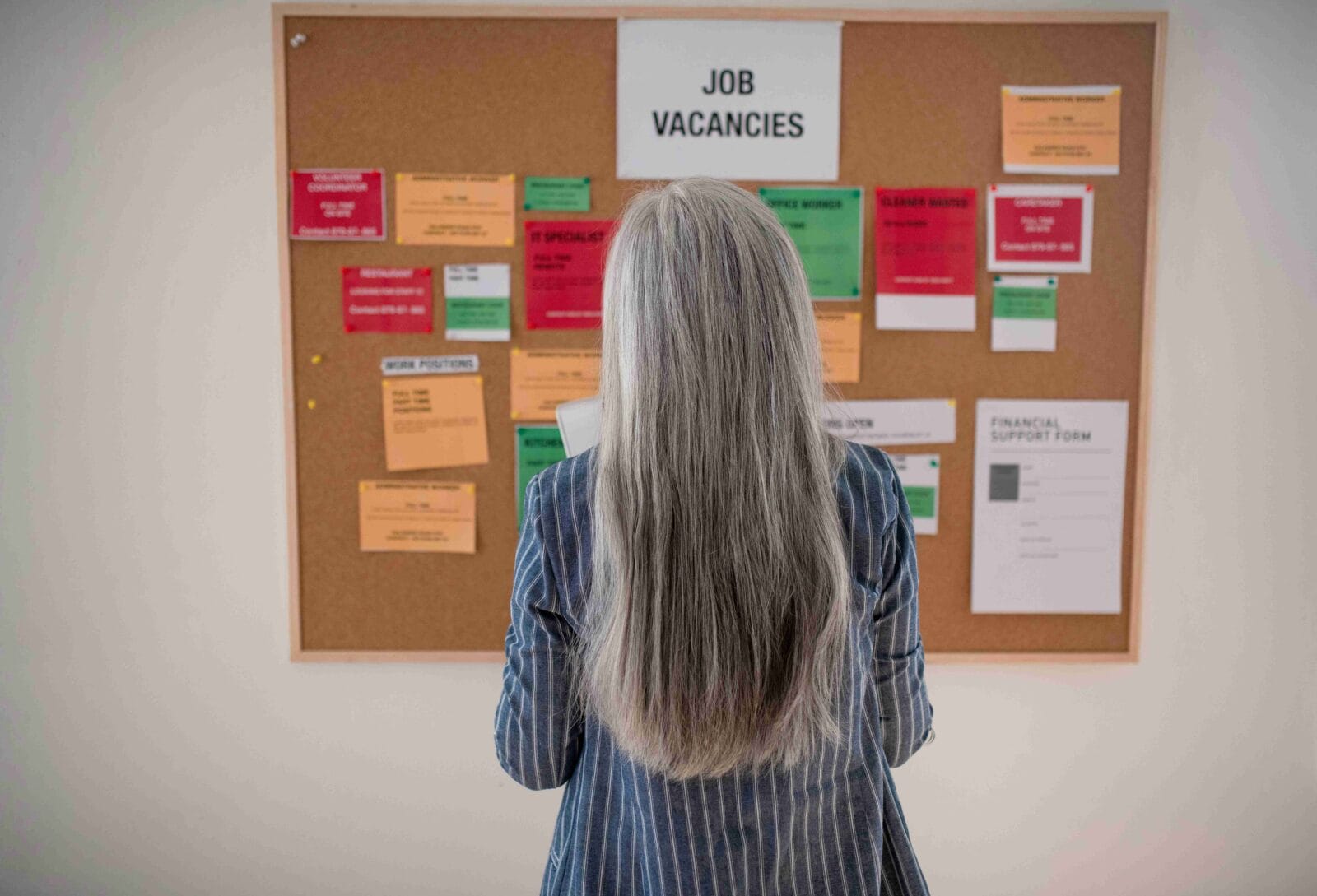Written by Gabe Wing, Vice President of Sustainability at MillerKnoll
With research showing that we are using the earth’s resources 1.7 times faster than it can regenerate, conversations around sustainability should be high on the agenda for office designers and managers globally. But it is also becoming key to recruitment too, with a global study from Deloitte revealing that over half of Gen Zs and millennials research a brand’s environmental impact and policies before accepting a job offer. From modular furniture to integrating bike storage, factoring in sustainability into office design is key to creating spaces that are attractive, functional, and kind to our planet.
Modular furniture key to imagining and reimagining a sustainable future
Opting for modular furniture is a fantastic and quite simple way to embrace sustainability by future-proofing an office space. As it is easily reconfigured, modular furniture allows teams to redesign their space with ease as they change in size or priorities, preventing the waste that comes with frequently redecorating or relocating. Herman Miller’s OE1 Workspace Collection was crafted with flexibility in mind, offering pieces such as mobile walls (with integrated whiteboards), sit-stand tables, and desk boundary screens. More widely, many modular pieces, particularly freestanding seating options, also often offer hidden storage, and therefore reduce the need to purchase additional furniture pieces.
Avoiding tech-integrated furniture
One of the drawbacks of living in an era where technology is advancing rapidly, is that tech pieces quickly become out of date, posing the issue of wastage. By opting for flexible tech solutions, designers can allow for easier upgrades, recycling, or donating. It also allows employees to use the same pieces while working remotely, eliminating the need for double purchases.
Giving items a second life
Investing in pieces that use recycled or repurposed materials is another simple but effective way to build a workspace that is kind to the planet. Shockingly, the United Nations Development Programme reports that only 9% of the plastic waste generated globally is recycled, with over three-quarters (79%) ending its journey in landfill or nature. 12% is burnt. But the tide is slowly turning, and companies such as MillerKnoll are committing to using recycled content in materials moving forward, showing that quality does not have to be compromised by embracing green credentials. We can all do our bit to spark positive change and support this important market.
Lighting the way
Lighting is often overlooked in sustainability planning, but it can be a really impactful change. Maximising natural light through features such as skylights and large windows reduces the need for artificial lighting, helping to lower energy consumption and cost. But where artificial lighting is needed, energy-efficient bulbs and sensor lights can significantly lower energy usage. The head of the Environment Agency has previously criticised London firms for leaving their lights glowing overnight, but integrating sensors and ensuring the lights left on overnight are strictly needed can help to lower energy wastage and cost.
On your bike!
Designers can also encourage employees to consider the environmental impact of their commute through thoughtful office design choices. By integrating features such as secure bike storage, showers, and comfortable changing rooms, businesses can encourage more sustainable commuting options such as walking (at least part of the way) or cycling. This can also inspire heathy habits, such as a joining a running club after work. But of course, these commuting options won’t be viable for all, so it’s also important to consider whether the location of an office space offers reliable public transport links. By doing so, designers can help to minimise the complication, cost, and larger carbon footprint of a staggered commute.
Investing in quality pieces that stand the test of time
And lastly, it is worth a reminder that investing in higher-quality furniture pieces really does pay dividends over the long-term, both financially and with regard to prioritising sustainability. High-quality pieces are more likely to be longer lasting, avoiding the need to be replaced regularly. With many modular pieces built with CMF design principles in mind, office managers and designers can also opt for customised pieces to order to ensure they meet specific ergonomic and aesthetic needs. High-quality pieces are also often backed by extensive warranties that support sustainability by encouraging repairs over replacements and will enjoy an afterlife in a strong second-hand market, extending their lifecycle and reducing waste.
The shift towards sustainable workspaces is not just a trendy fad but a necessary shift if we are to address the climate crisis in a meaningful way. By opting for quality modular furniture pieces, that are made from repurposed materials, we are off to a great start. Work spaces like these are not only better for the planet, but also more dynamic, future-proof, and ultimately, designed with impact.















